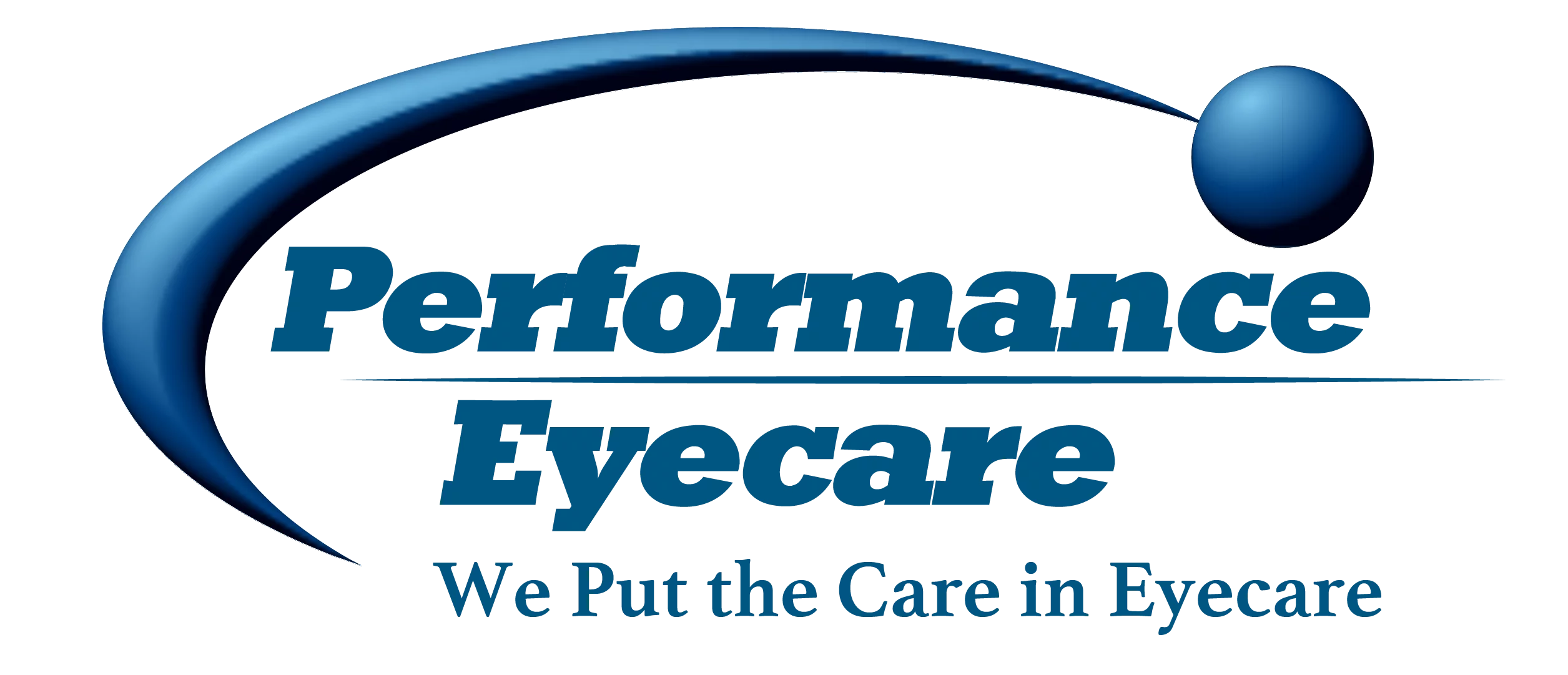A visit to Performance Eyecare can keep you from having eye strain
We’ve all squinted to see something before, but we don’t have to do that if we wear the correct eyewear. At Performance Eyecare, we will protect you from eye strain by giving you an eye exam and then prescribing any necessary eyeglasses or contacts. Preventing Eye Strain Are you sitting too close to your computer … Read more
